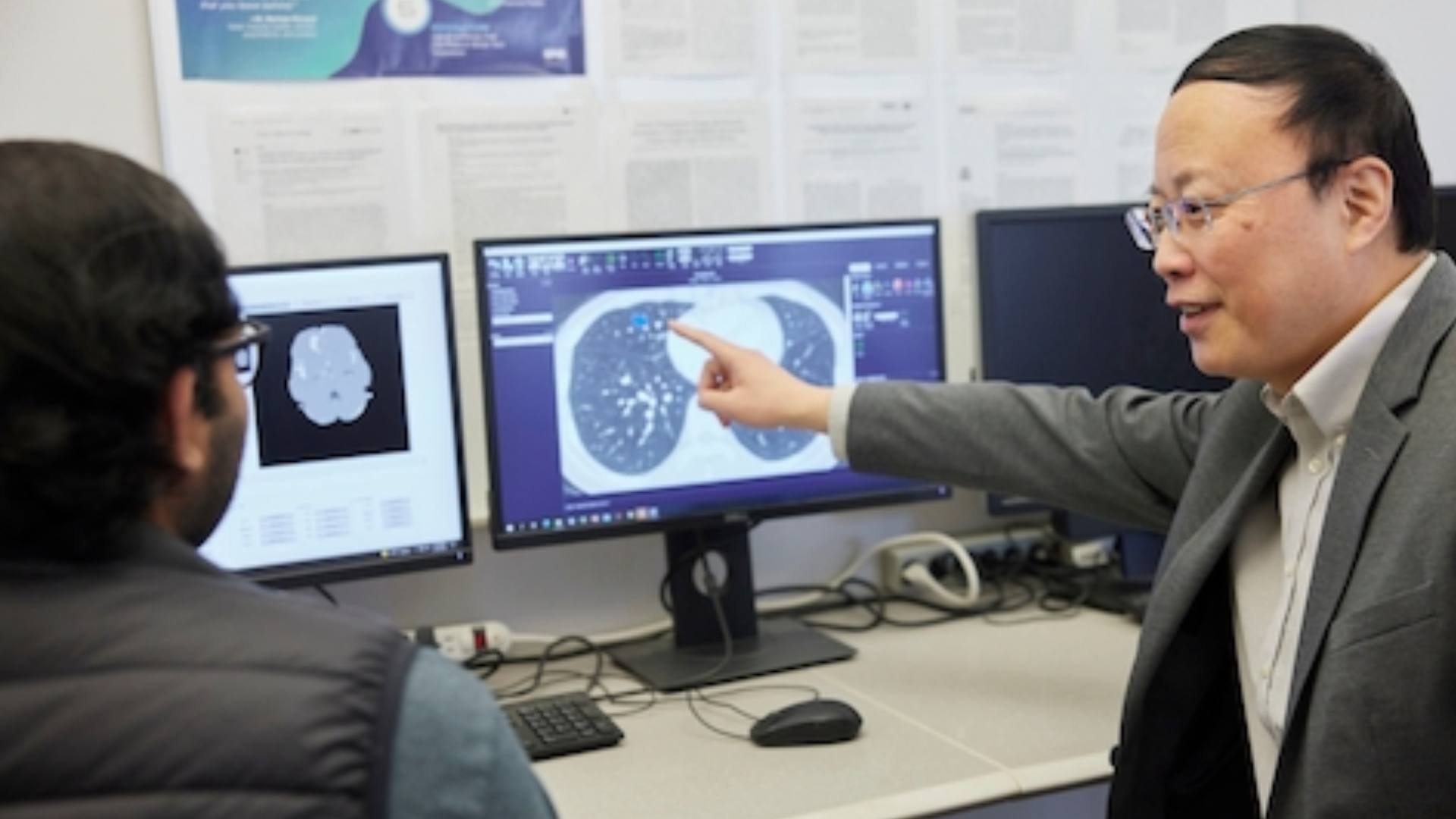Abstract Text
Oklahoma Center of Medical Imaging for Translational Cancer Research Abstract – Overall Component In order to highly align with the Strategic Plan of the University of Oklahoma (OU) to create the multidisciplinary Research Centers of Excellent in one of the primary research themes namely, the future of health, the overarching objective of this COBRE application is to establish a new medical imaging center for conducting the translational cancer research by leveraging the established research supporting resource and collaboration network between the biomedical engineering and clinical research in OU. This COBRE will provide research infrastructure along with the multidisciplinary leadership and mentoring teams to support the promising research project leaders (RPLs) of the junior investigators as they establish independent research careers. An essential component will be providing support for innovative research projects that develop and apply novel medical imaging technology and quantitative imaging predictive markers to translational cancer research. The success of these research projects will make impact and contribution to the future of health including the advance of the precision medicine to significantly improve efficacy of the personalized cancer risk prediction, screening, diagnosis and treatment. Since 2012, OU has developed and established a collaborative network and diverse portfolio of research projects that bridge the biomedical imaging engineering faculty in the Gallogly College of Engineering (GCoE) with the physician scientists or clinical researchers in the Stephenson Cancer Center (SCC). Building on our experience in conducting joint translational cancer research using medical imaging technology, this COBRE aims to support and further develop this collaborative research infrastructure between the GCoE and SCC to enhance the research capability and progress of the RPLs as they further develop the team-based and translational research projects. In order to promote the translational research projects with potentially high clinical impact and significance, this COBRE will include the RPLs with both biomedical imaging engineering and clinical research training backgrounds. Each RPL will also have two senior mentors with expertise in biomedical engineering and clinical research, respectively, to further enhance the collaborative research approach. In summary, in order to enhance the medical imaging related translational cancer research capacity in OU and ensure RPLs to establish independent research careers, we propose the following three Specific Aims in this COBRE: (1) to implement a dedicated program for mentoring RPLs in their proposed research projects and enabling them to become independent researchers with non-IDeA external research support; (2) to strengthen and develop new research infrastructure and shared resources to support current and future medical imaging related translational cancer research projects; and (3) to foster and enhance the multidisciplinary collaborative research activities between the biomedical engineering faculty and physician scientists or clinical researchers to facilitate the outstanding translational medical imaging related cancer research projects

